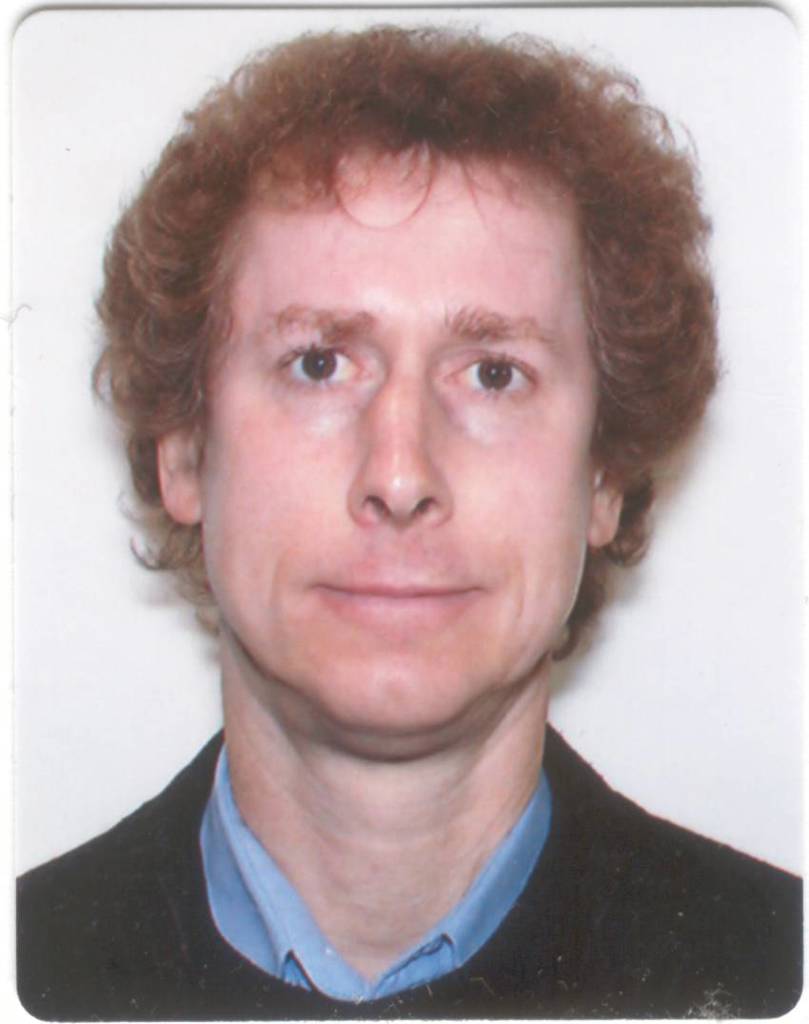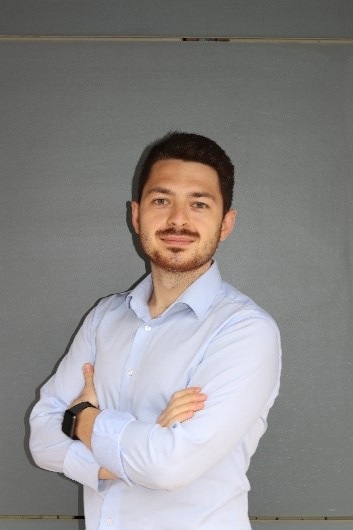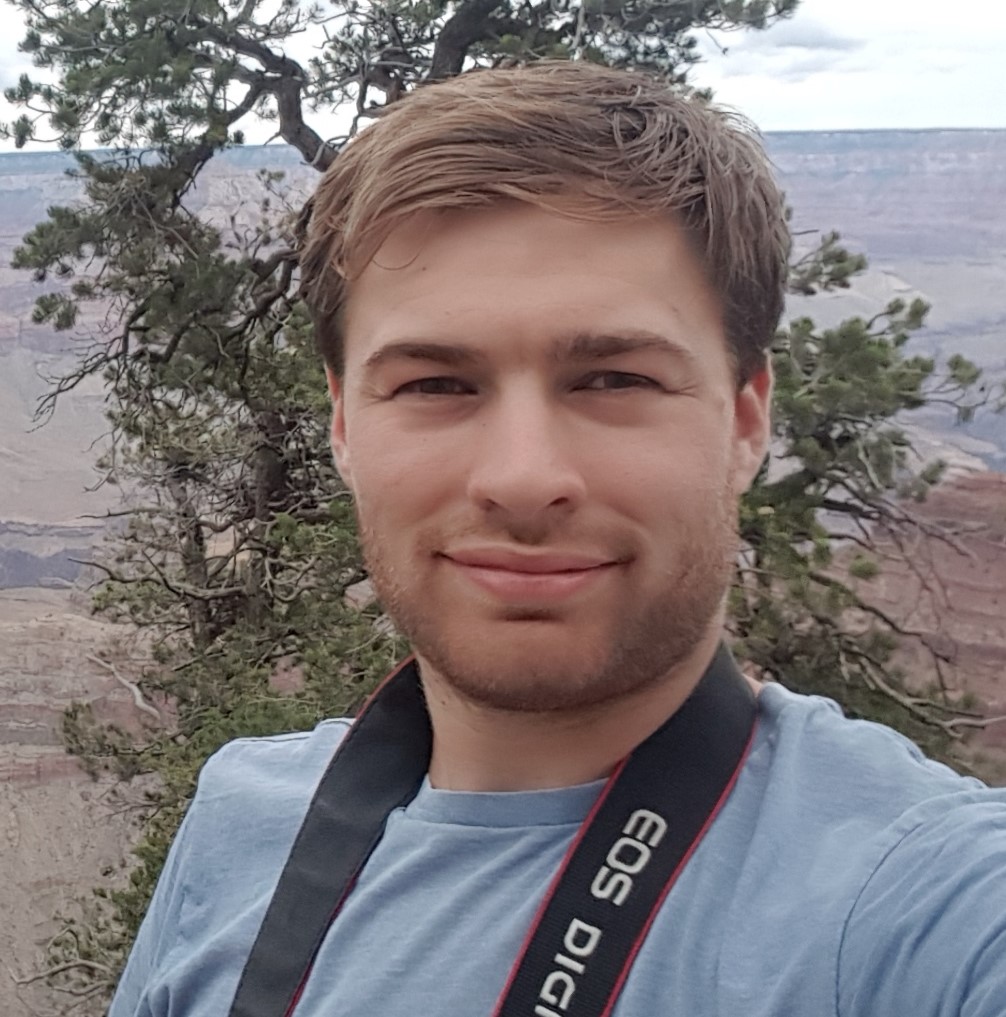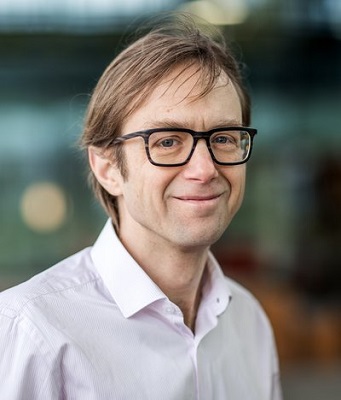OIDA Sponsored Webinar: How Design Tools Help You to Leverage Photonic Integration for New Applications
01 September 2021 11:00 - 12:00
Eastern Time (US & Canada) (UTC -05:00)With photonic integration making more inroads and getting mature, optical chips are bound to get larger and more complex. But this calls for more sophisticated modeling tools, first of all to well handle these larger chips, but also in order to allow for first time right, similar to what happens with electronic IC designs. During this webinar, a number of use cases will be discussed that span a range of PIC applications and that illustrate how complex active and passive structures can be best modeled. The webinar is intended for everyone who is interested in photonic integration and does not require prior PIC modeling expertise.
Sponsored By:

Speakers
 Dominic Gallagher, CEO, Photon Design
Dominic Gallagher, CEO, Photon Design
Dominic Gallagher was born in Swansea, UK in 1962. He received a BA and PhD from the University of Cambridge in 1984 and 1987 respectively, and afterwards as a Research Fellow studying optical logic elements in laser diode-based devices. Afterwards he spent two years at the Fraunhofer IAF in Germany, working on high speed laser diodes and grating devices. In 1992 he returned to the UK to found Photon Design. He is currently CEO of Photon Design - a company developing photonics software which is used in over 30 countries around the World. He has published 30+ journal articles and authored chapters in several photonics books and currently serves on the Steering Committee of ECIO.
 Tigers Jonuzi, R&D Design Engineer, VLC Photonics S.L.
Tigers Jonuzi, R&D Design Engineer, VLC Photonics S.L.
Tigers Jonuzi received the M.Sc. in Engineering Physics, at the University of Politecnico di Milano, with a thesis, carried on in the Photonic Device Group, on the design and control of photonics integrated circuit for light beam manipulation part of H2020 Super-Pixels FET Project. He is currently attending an industrial Ph.D. at VLC Photonics S.L., under H2020 MSCA ITN Action called POST_DIGITAL, where his research focuses on design and characterization of analogue photonic circuits with an emphasis on defining an efficient approach for harnessing and suppressing non-linear optical processes. Tigers’ main interests include novel paradigm of information processing combining his expertise in photonics integrated circuit with artificial intelligence for the new generation of low power consumption unconventional computing systems.
 Patrick Runge, Head of Detectors Group, Heinrich Hertz Institute
Patrick Runge, Head of Detectors Group, Heinrich Hertz Institute
Patrick Runge received the Dipl.-Ing. degree in computer science and the Ph.D. degree in electrical engineering from the Technical University of Berlin, Germany, in 2005 and 2010, respectively. From 2005 to 2007, he was with the Hymite GmbH, where he was involved in the RF design and measurement of optoelectronic packages for optical communication. In 2007, he returned to the Technische Universität Berlin to pursue the Ph.D. degree, where he investigated nonlinear effects and applications of ultralong semiconductor optical amplifiers. After finishing his Ph.D. degree, he worked from 2010 to 2011 for a patent attorney. Since 2011, he is with the Fraunhofer Heinrich Hertz Institute (HHI) where he is engaged in the development and fabrication of photodetectors and photonic integrated circuits based on InP. Currently, he is the head of the Detector Group within the Photonic Components Department at HHI. Since 2020 he is an associate editor of IEEE/OSA JLT
 Nathan Soper, Sales Manager, Photon Design
Nathan Soper, Sales Manager, Photon Design
Nathan originates from Oxford, UK. He received his degree in Electronic Engineering from the University of Southampton in 2015 during which he began working in photonic integration with a project on athermal ring resonators. He then obtained a PhD in Silicon Photonics again from the University of Southampton. His research specialised in simulation and fabrication methods for high-volume packaging applications. After leaving academia he returned to his hometown of Oxford to work at Photon Design Ltd., managing technical sales at Photon Design across Europe and the USA for the last three years.
 Kevin Williams, JePPIX
Kevin Williams, JePPIX
Kevin Williams graduated in Electronic Engineering from the University of Sheffield and received his PhD from the School of Physics at the University of Bath in 1995. He subsequently moved to the University of Bristol where he was awarded a Royal Society university research fellowship to study high speed and high power semiconductor lasers. In 2001, he moved to the University of Cambridge where he was also appointed a Fellow and lecturer at Churchill College Cambridge. He moved to the Electro-optic Communications group at TU/e in 2006 after receiving an EC Marie Curie Chair award. In 2011, he received a Vici award from the Dutch NWO to perform research into large-scale high-performance photonic integrated circuits. He is presently leading the Photonic Integration group at the Institute of Photonic Integration (formerly known as the COBRA research institute). He has recently chaired the European Conference on Integrated Optics 2017 and serves as the Primary Guest Editor for the JSTQE special issue on InP integration photonics in 2018.
